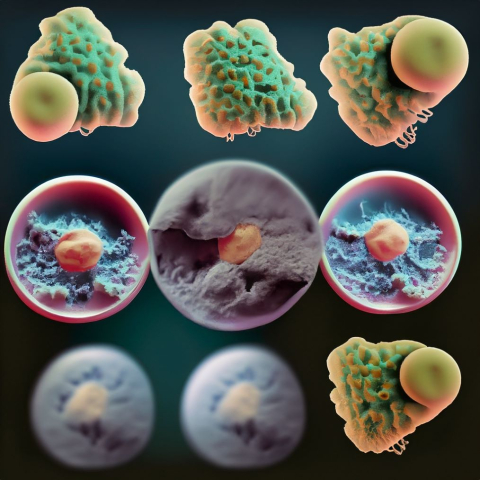
Mould and Tips to Prevent it


What is Mould?
Mould is a type of fungus that can grow on building materials in homes or other buildings. It grows in damp conditions and can be a significant health hazard. Health Canada considers indoor mould growth to be a significant health hazard because it increases the risk of respiratory allergy symptoms and can make asthma worse in mould-sensitive individuals.
Mould can cause natural materials to degenerate, which can be unwanted when it becomes food spoilage or damage to property. Mould is a homeowner's worst nightmare. It can be tricky to identify, and you must be able to locate the mould before you can address the problem. The more you know about mould, then the more you can prevent it. Moulds, like yeast and mushrooms, are fungi that grow on plants, wood, fabric, food, and other organic materials.
Mould colonies are tiny and cannot be seen without a microscope. However, once the colony emerges, it can form visible spots. Mould is usually black, blue, or green. All mould harms human health, but black mould called "Stachybotrys" is considered the most dangerous.
Some basic facts about mould are:
- Mould is fungi
- It can produce microscopic spores that germinate where moisture has accumulated
- Mould can threaten the structural integrity of a building
- Mould exposure can lead to serious health problems

There are three major types of moulds:
- Allergenic: this type is the least harmful of all moulds. It can cause problems for people with asthma or mould allergies. Allergenic mould is not usually life-threatening.
- Pathogenic: this type of mould harms people with allergies and healthy people.
- Toxigenic: Toxigenic mould can produce Mycotoxins, a spore containing a toxic chemical. It can be inside the spore, on it or both. If you are exposed to this type, it can cause serious health problems.
Without water, mould cannot grow at all. The factors mould needs to grow are food sources, oxygen, and temperatures between 40 and 100 degrees Fahrenheit. Mould typically needs three conditions to survive: the correct temperatures, a food source, and moisture. Leaks, spills, and poor ventilation are common household problems that increase the moisture levels that lead to mould growth. Once it starts growing, mould will feed off the drywall, wooden beams, wallpaper, and carpeting if they have moisture and nutrients. It can grow on bathroom grout, water-damaged walls, and damp carpets.
To prevent mould, you can start protecting your home by ensuring the concentration of mould spores in your indoor air remains minimal. Bathrooms are humid, and moisture is a primary requirement for mould growth. Limit the humidity in the shower, bathtub, and sinks. The kitchen is also the target of mould attacks, along with the bathroom. Mould loves dark and moist places, and the basement provides both. Going through these areas thoroughly while cleaning is recommended to ensure they are mould-free.
Common signs of mould
- Black spots on walls
- Musty, earthy odours
- Water stains
- Discoloration of walls, floors, or ceilings
- Peeling, bubbling, or cracking of paint or wallpaper
- Condensation on windows, walls, or pipes
- Rotting
Some practical mould prevention tips:
- Be mindful of, and limit, activities which raise relative humidity in the home
- Use the bathroom exhaust fan when you shower
- Use the kitchen exhaust fan when you cook
- Drink cold beverages instead of boiling water for hot beverages
- Hang your clothes and shower towels outside to dry (Yes, this even works in winter!)
- Take cooler, shorter showers
- Use portable fans to improve air circulation within the home or to dry out any damp areas
- Use ceiling fans or your furnace's 'fan' mode to keep air moving within your home
- Keep things like beds, blankets, and towels away from the walls so they don't stifle airflow and promote moisture build-up in the confined space
- Regular cleaning of walls and surfaces can help prevent mould
- If you have a mould problem, mould test detectors or kits are available at Walmart or online stores like Amazon.com.
By: Tricia Cook, Content Navigator